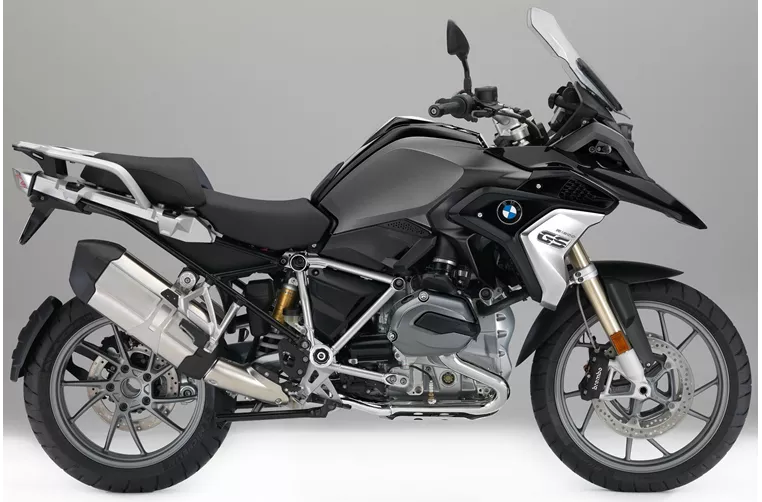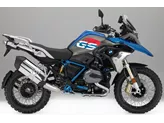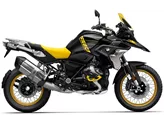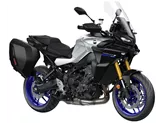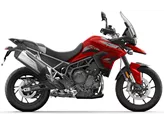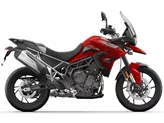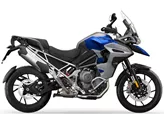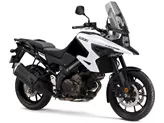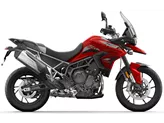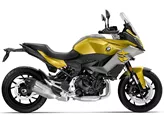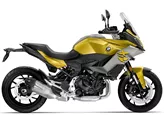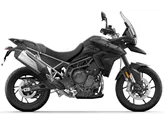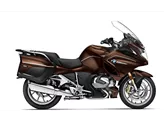Triumph Tiger 900 GT Pro 2020 vs. BMW R 1200 GS 2017
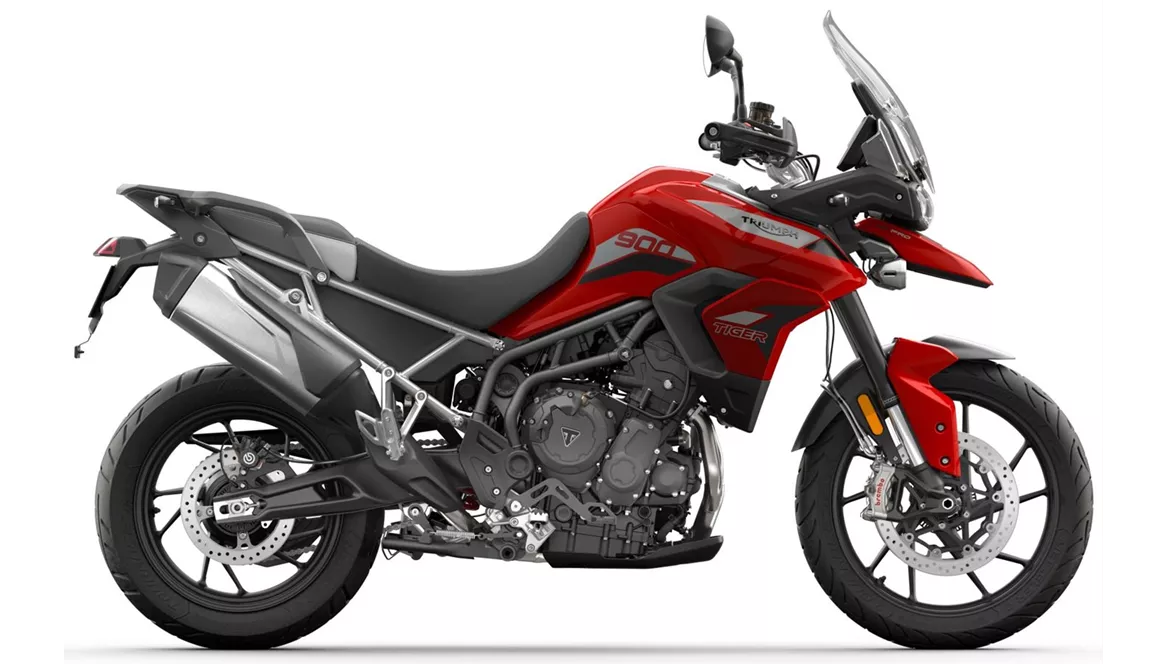
Triumph Tiger 900 GT Pro 2020
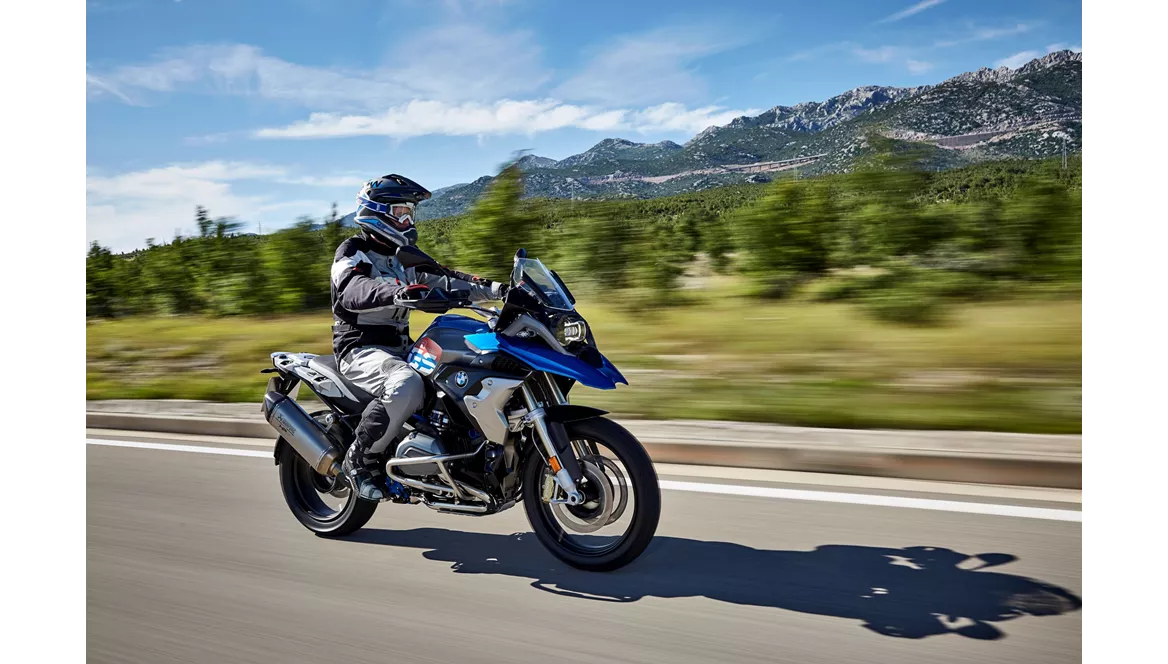
BMW R 1200 GS 2017
Vue d’ensemble - Triumph Tiger 900 GT Pro 2020 vs BMW R 1200 GS 2017
The Triumph Tiger 900 GT Pro 2020 and the BMW R 1200 GS 2017 are both popular enduro motorcycles, but they have some notable differences in their technical specifications and strengths.
Starting with the engine and drive train, the Triumph Tiger 900 GT Pro 2020 features an in-line three-cylinder engine with a displacement of 888cc. It produces 95.2 horsepower and 87 Nm of torque. The BMW R 1200 GS 2017, on the other hand, has a boxer engine with a displacement of 1170cc. It delivers a higher power output of 125 horsepower and the same torque of 125 Nm. Both motorcycles have different engine configurations, with the Tiger 900 GT Pro having three cylinders and the R 1200 GS having two cylinders.
In terms of suspension, the Triumph Tiger 900 GT Pro 2020 is equipped with an upside-down telescopic fork at the front and a swing arm suspension at the rear. The suspension is electronically adjustable, allowing riders to tailor the settings to their preferences. The BMW R 1200 GS 2017, on the other hand, has a strut front suspension and a single swing arm suspension at the rear. The front suspension is adjustable for preload. Both motorcycles have steel frames, providing stability and durability.
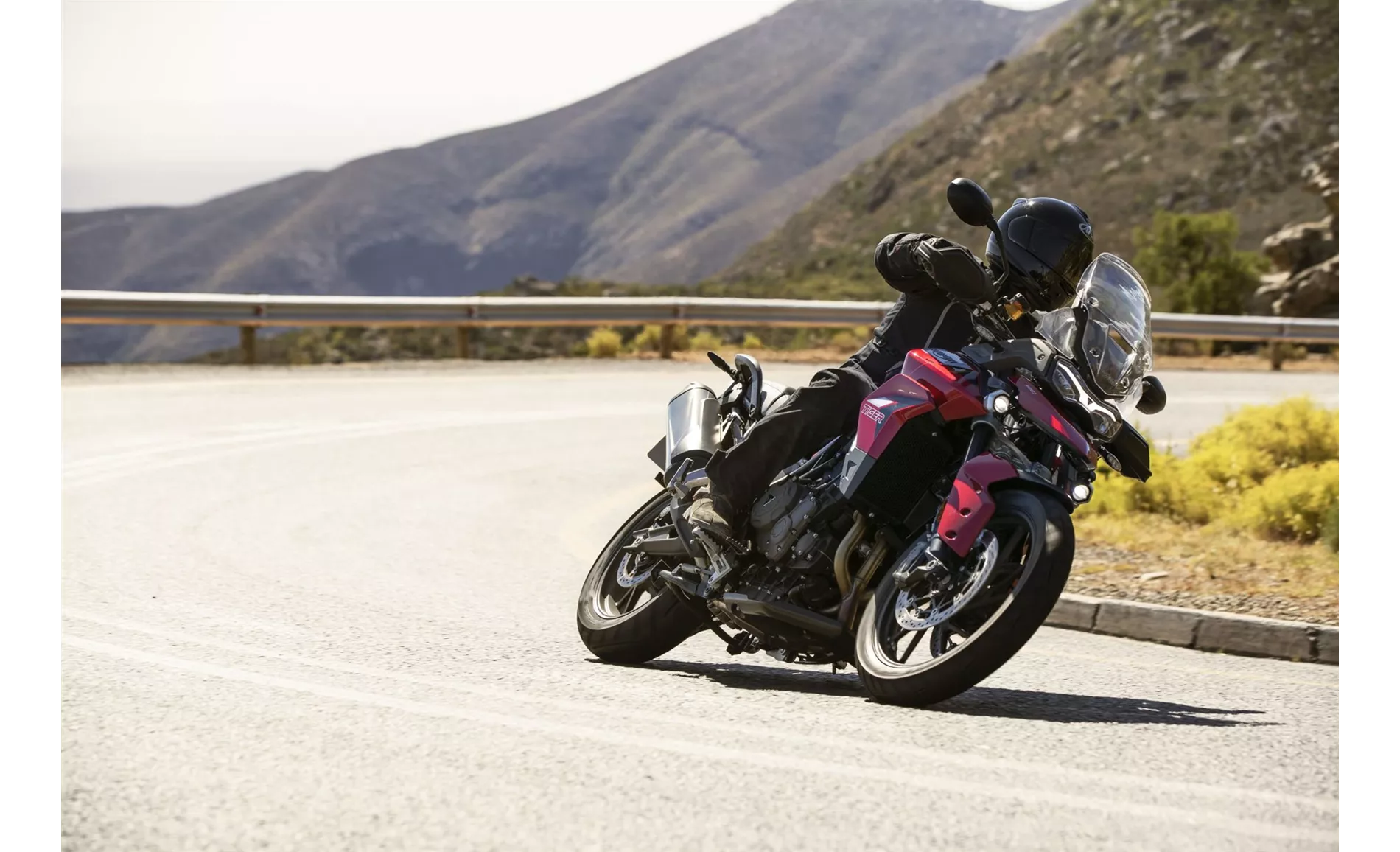
Triumph Tiger 900 GT Pro 2020
When it comes to braking, both motorcycles feature double disk brakes at the front. The Triumph Tiger 900 GT Pro 2020 and the BMW R 1200 GS 2017 have 19-inch front tire diameters and 17-inch rear tire diameters. The rear tire width is 150mm for the Tiger 900 GT Pro and 170mm for the R 1200 GS. The wheelbase of the Tiger 900 GT Pro is slightly longer at 1556mm compared to the 1507mm wheelbase of the R 1200 GS. The seat height of the Tiger 900 GT Pro is 810mm, while the R 1200 GS has a higher seat height of 850mm. Both motorcycles have a fuel tank capacity of 20 liters.
In terms of strengths, the Triumph Tiger 900 GT Pro 2020 offers a three-cylinder engine that is full of character, providing a unique riding experience. It also has agile turn-in behavior and comes with a quickshifter as standard. The electronically adjustable suspension strut allows riders to easily adjust the suspension settings. The Tiger 900 GT Pro also comes with generous standard equipment, good ergonomics, and good wind and weather protection, making it suitable for long-distance rides.
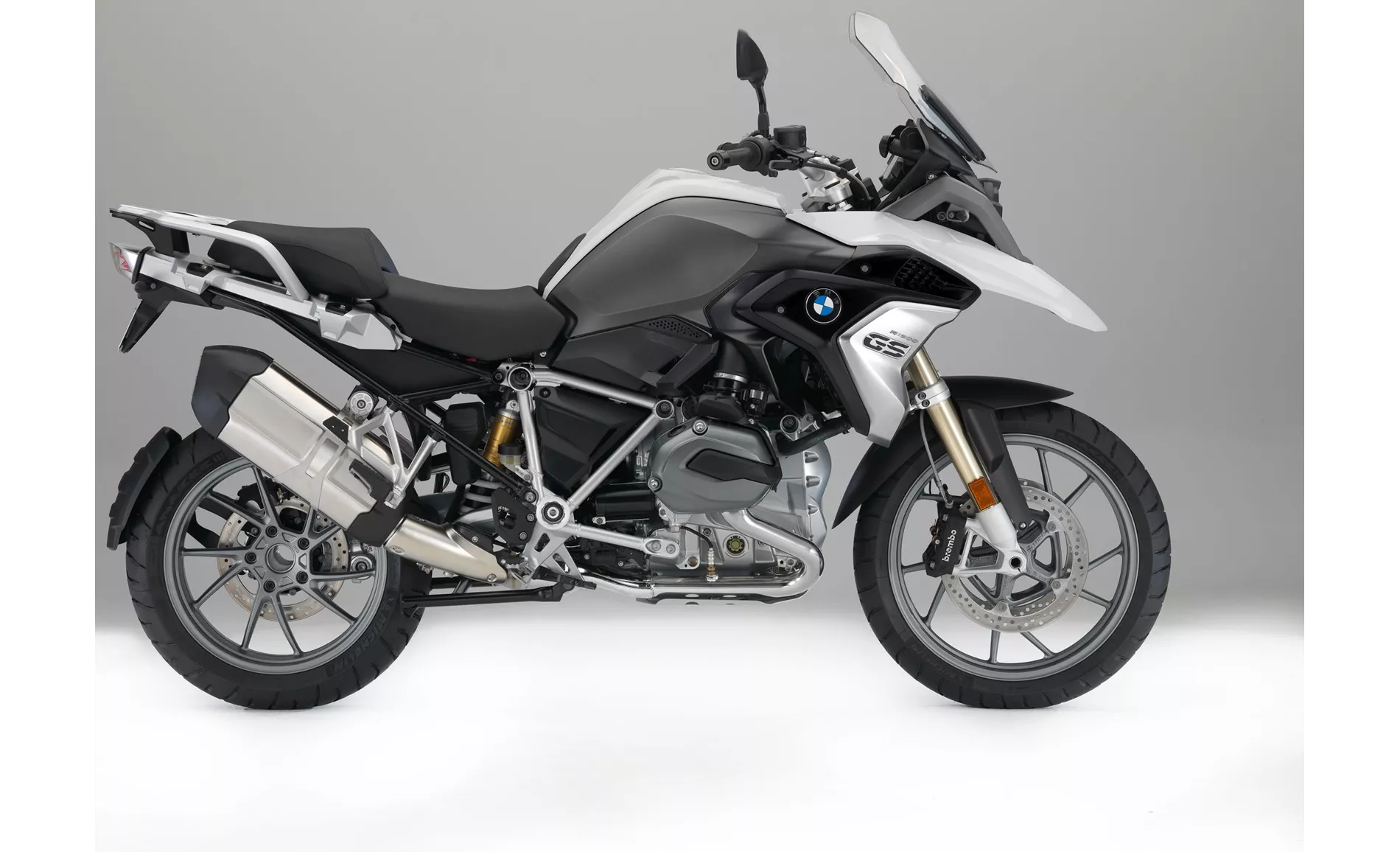
BMW R 1200 GS 2017
On the other hand, the BMW R 1200 GS 2017 has a mature concept and a strong engine. It offers easy handling and powerful brakes. The R 1200 GS also comes with adjustable modes and traction control, allowing riders to customize their riding experience. It has an extensive equipment range and is known for its good image and value retention.
However, both motorcycles have their weaknesses. The Triumph Tiger 900 GT Pro 2020 has a flood of switches on the left handlebar, which can be overwhelming for some riders. The BMW R 1200 GS 2017 has many features that come at an extra cost, and its boxer engine may be exposed in really tough terrain.
In conclusion, the Triumph Tiger 900 GT Pro 2020 and the BMW R 1200 GS 2017 are both capable enduro motorcycles with their own strengths and weaknesses. The Tiger 900 GT Pro offers a unique three-cylinder engine and electronically adjustable suspension, while the R 1200 GS has a strong engine and a range of adjustable features. Ultimately, the choice between the two will depend on the rider's preferences and priorities.
Caractéristiques techniques Triumph Tiger 900 GT Pro 2020 par rapport à BMW R 1200 GS 2017
Avantages et inconvénients en comparaison
Avantages et inconvénients en comparaison
Triumph Tiger 900 GT Pro 2020
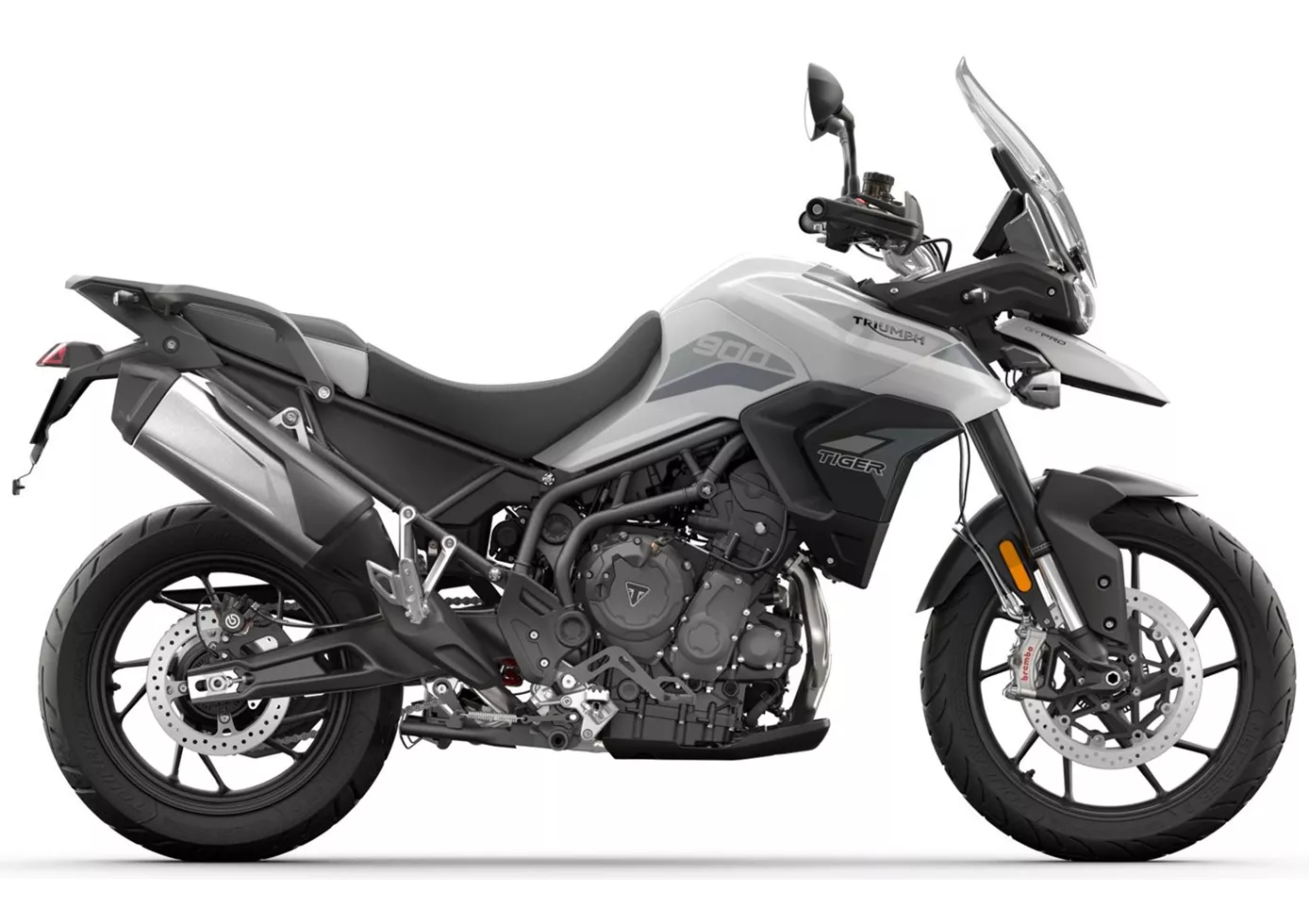
Les bonnes choses prennent du temps, dit-on. Chez Triumph, on s'y est tenu et avec la Tiger 900 GT Pro, on a mis sur les jantes en fonte une moto qui poursuit la longue et fructueuse voie de la 800 avec de nombreuses améliorations de détails et qui est aussi bien une moto pratique pour le quotidien que pour des tours et des voyages prolongés. Le triple est devenu plus pointu, tout en restant un moteur harmonieux avec lequel même les débutants ne peuvent pas se tromper, sans pour autant ennuyer les motards expérimentés. Et ce, grâce à des débattements de suspension suffisants sur des routes de différentes qualités ainsi que sur des passages tout-terrain tout à fait modérés. Nous n'avons pas trouvé grand-chose à redire à la première impression, mais nous allons certainement examiner la Tiger de plus près.
BMW R 1200 GS 2017
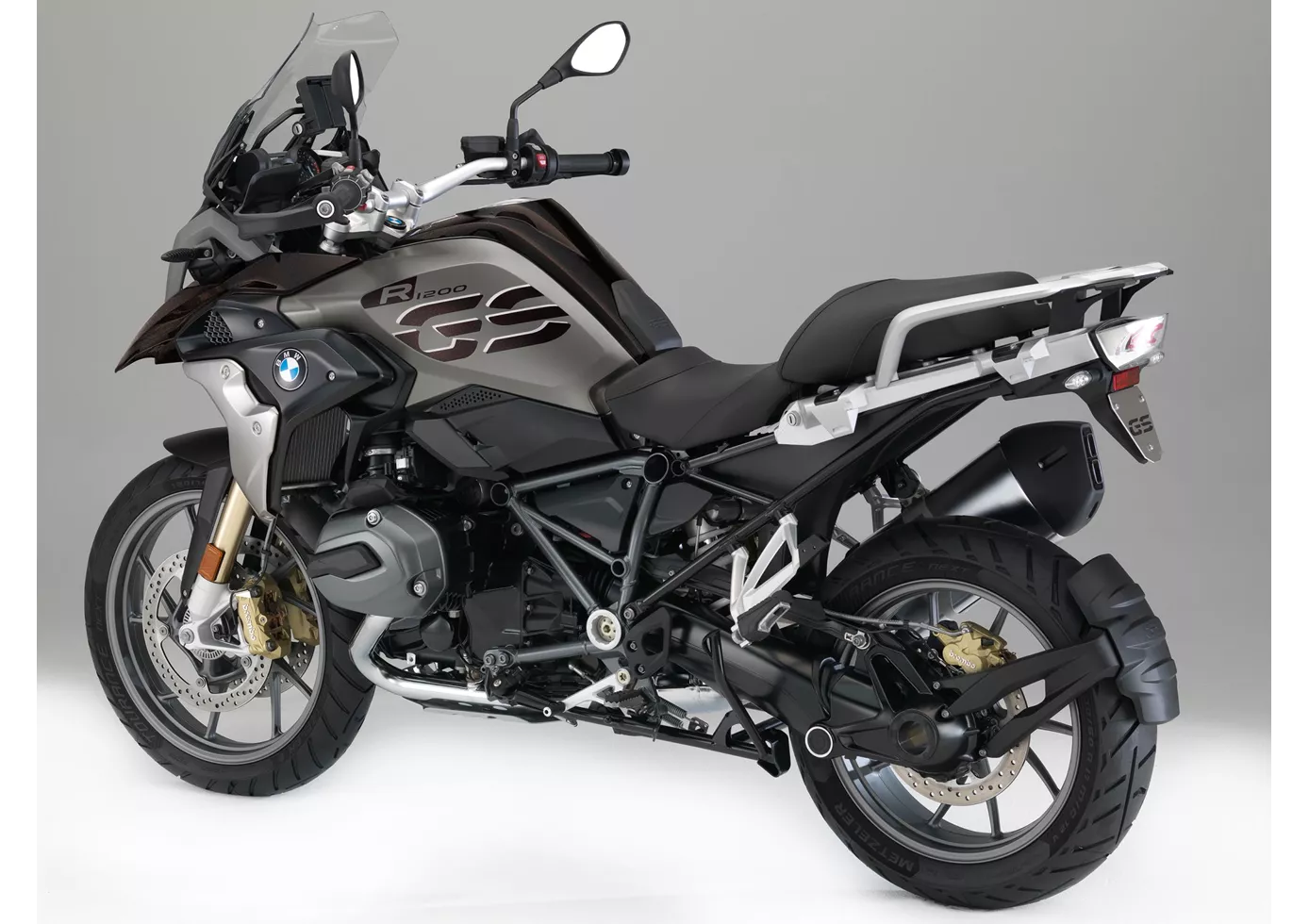
Depuis plus de 35 ans, BMW continue d'élargir sa gamme de boxers et travaille systématiquement à l'évolution de la GS. En plus de la mise à jour EURO4 du moteur avec un nouveau catalyseur et une nouvelle cartographie, il y a désormais encore plus de caractéristiques comme le Dynamic ESA Next Generation avec compensation automatique de l'assiette, qui améliore encore la stabilité et le confort du pilote. Avec ses couleurs discrètes, la version Exclusive est destinée aux amateurs d'une apparence soignée et feutrée et, contrairement à la variante Rallye plus criarde, elle est plutôt conçue pour la route. De nombreuses caractéristiques sont payantes, mais les clients de la GS ne s'en soucient généralement pas - 90% d'entre eux commandent un équipement complet.
Comparaison des prix Prix moyen du marché Triumph Tiger 900 GT Pro vs BMW R 1200 GS
There are a few key differences between a Triumph Tiger 900 GT Pro 2020 and a BMW R 1200 GS 2017. In terms of price, the actual average price of a BMW R 1200 GS 2017 is about 21% higher. Compared to BMW R 1200 GS 2017 there are less Triumph Tiger 900 GT Pro 2020 bikes available on the 1000PS.de Marketplace, specifically 5 compared to 84. It takes less time to sell a BMW R 1200 GS with 72 days compared to 88 days for the Triumph Tiger 900 GT Pro. Since model year 2020 1000PS.de editors have written 10 reviews for the Triumph Tiger 900 GT Pro and 98 reviews for the BMW R 1200 GS since model year 2005. The first review for the Triumph Tiger 900 GT Pro was published on 12/3/2019 and now has more than 65,300 views. This compares to more than 19,100 views for the first review on BMW R 1200 GS published on 1/20/2004.

